Anastasiya Koshcheeva designs for a greater good
On a Mission
What if we told you there was a material that was as flexible and durable as leather, velvety soft to the touch, fully renewable, antibacterial, water-repellent, and naturally beautiful? It sounds too good to be true! And if such a material really did exist, wouldn’t everyone be using it already? Well, it turns out that a whole lot of people were using it—for centuries, perhaps even millennia—in Siberia.
For time immemorial, Birchbark has been used for a plethora of applications in Russia and Scandinavia. But these days, tradional birchbark handicrafts have been disappearing, increasingly replaced by kitschy, copycat forms for tourist shops. Cue Anastasiya Koshcheeva. This young, Berlin-based Russian designer is hoping to change all of that and is dedicating her considerable creative talents and business acumen to bringing this fascinating material into the 21st century—and into the world of high-end design.
Koshcheeva was born in Krasnoyarsk, in Siberia, in 1987. “I grew up with birchbark,” she explains. “Traditionally, it was one of the most important materials to survive.” But, as with a lot of the natural wonders around us, we often just can’t see the forest (or should that be bark?) for the trees. Koshcheeva’s first memory of birchbark is “a very old food container; it was from my grandmother, and she got it from her grandmother. We used it to store honey. But it was quite folkloristic—not something I would use in my own home."
Young, energetic, and eager to see something beyond her Siberian home, Koshcheeva at 18 moved to Rosenheim, a small town between Munich and the German Alps, as part of a student exchange program. The small gifts she brought for her host family were, naturally, some little birchbark boxes. She remembers being surprised at the German family’s delight with the gifts and the way they marveled at the material. Sometimes you have to put a bit of distance between yourself and your own cultural heritage before you begin to realize the significance of what’s right under your nose.
Koshcheeva decided to break off the studies she had begun in advertising and public relations in Russia and transfer to a German university. “I wanted to do something with my hands,” she says. A move to Coburg followed, where Koshcheeva earned her Bachelor of Arts in Product Design from the University of Applied Sciences.
Among the personal effects that she took with her to Coburg was a birchbark container of pine nuts that her parents had given her when she left Russia. Koshcheeva remembers that she found the box kitsch and hid it away in a corner of her new kitchen cupboards. It languished there for two further years, until finally one day she rediscovered it and was amazed to realize that the contents were still fresh. “That was the moment I really realized how special this material is,” she says. “Since that moment, I don’t work with any other materials.” The task, as Koshcheeva saw it, was to take this traditional material and find a way to shape it into a contemporary form.
In 2014, during her Master’s in Design at the University of Applied Sciences in Potsdam, near Berlin, Koshcheeva began her material experimentation in earnest. “It was learning by doing,” she says. “The way I work with birchbark is completely different from the traditional [processes].” And it’s been a headlong rush just trying to keep up with the speed of her own ideas. In 2015, she founded her own studio in Berlin and started with a small but innovative collection that included the Taburet Stool (2015-2016), Svetoch Light (2016), and the Tuesa Containers (2015). In 2016, she opened a new production facility near Moscow, to keep up with demand for MOYA—the brand that Koshcheeva created for her birchbark products.
Blazing a new trail, though, is never a walk in the park. Just as it was a revelation for her to see the birchbark she grew up with through the eyes of outsiders, so too she ran up against disbelief and confusion when she was on the hunt for craftspeople to work with in Russia. Traditionally, the birchbark objects had been utterly utilitarian; the material was chosen for its unique properties and durability rather than artistic expression. Recently, the pendulum has swung to the other extreme, with souvenir shops selling cheaply made knick-knacks that are so laden with ornamentation and gewgaws that you can barely see the natural bark beneath. "They are just making these items to make money but not taking care of the quality,” Koshcheeva says.
In the end, Koshcheeva gave up on converting experienced birchbark craftspeople to her way of thinking and just looked for open-minded people who were willing to learn; then she trained the first employees in her facility outside of Moscow herself. “When I’m there, it’s not about design; it’s more of a social project,” says Koshcheeva. “People have a completely different life. For them I’m some kind of alien—they think I’m coming from another world. It’s hard for them to understand that people buy the objects that they make.”
This connection to her home—and the ability to provide employment to people who badly need it—adds another dimension to the project for Koshcheeva. And that’s not the only upside; the bark is, of course, a completely ecological and renewable material. It is harvested from birch trees that are used in wood production. “It’s the vegan alternative to leather,” Koshcheeva explains, “but you need the best quality of bark. It’s important to me to have durable products that are highly functional.”
The ambitious designer says she aims, “to make birchbark as popular as other materials that we use in everyday life.” And she’s off to a good start, continuously expanding her collection. A new room divider is in development, we’re told, as well as a bench; dining chairs; a new light; a breadbox that is almost ready for release; and some baskets. Koshcheeva is keen to branch further into the realm of domestic objects while further exploring the warm, natural character of the bark and the unique ambience it creates in eclectic interiors. But there are bigger plans too; because the bark is antiseptic and can be washed, Koshcheeva believes it’d be perfect as a building material. “I’m really in love with bark!” she gushes. “It’s so exciting, there are so many ways to work with it and so many opportunities; it’s so open ended.”
When we spoke to her, Koshcheeva had just gotten back to Berlin from the Formland design fair in Denmark, where she’d been blown away by the enthusiasm of the Danish public. “The Scandinavian market is the right one for me,” she says. “They know what it means to have handcrafted products out of natural materials; they value such products.” Discerning Scandinavian tastes notwithstanding, we don’t think it’s going to be long before design lovers further afield start taking an interest.
-
Text by
-
Gretta Louw
A South-African born Australian currently based in Germany, Gretta is a globetrotting multi-disciplinary artist and language lover. She holds a degree in Psychology, and has seriously avant garde leanings.
-
More to Love
Plain Tuesa Container with Grey Lid by Anastasiya Koshcheeva for Moya

White Taburet Bar Stool by Anastasiya Koshcheeva for Moya
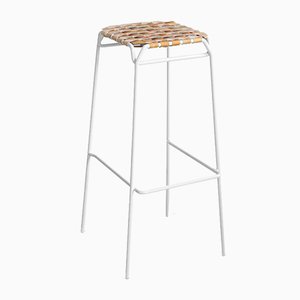
Plain Tuesa Container with Beige Lid by Anastasiya Koshcheeva for Moya, 2018

Plain Tuesa Container with Grey Lid by Anastasiya Koshcheeva for Moya
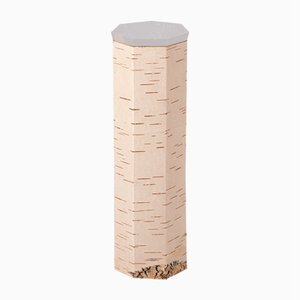
Plain Tuesa Container with Mint Lid by Anastasiya Koshcheeva for Moya
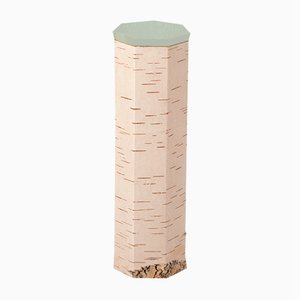
Plain Tuesa Container with Purple Lid by Anastasiya Koshcheeva for Moya
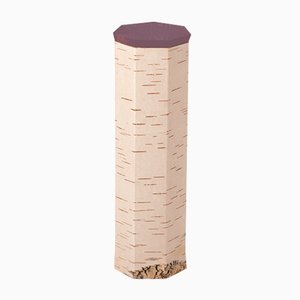
Plain Tuesa Container with Beige Lid by Anastasiya Koshcheeva for Moya

Plain Tuesa Container with Purple Lid by Anastasiya Koshcheeva for Moya

Plain Tuesa Container with Mint Lid by Anastasiya Koshcheeva for Moya

Plain Tuesa Container with Beige Lid by Anastasiya Koshcheeva for Moya

Plain Tuesa Container with Mint Lid by Anastasiya Koshcheeva for Moya

Plain Tuesa Container with Grey Lid by Anastasiya Koshcheeva for Moya

Plain Tuesa Container with Purple Lid by Anastasiya Koshcheeva for Moya, 2018

Plain Tuesa Container with Beige Lid by Anastasiya Koshcheeva for Moya

Plain Tuesa Container with Grey Lid by Anastasiya Koshcheeva for Moya

Plain Tuesa Container with Mint Lid by Anastasiya Koshcheeva for Moya

Short White Taburet Bar Stool by Anastasiya Koshcheeva for Moya
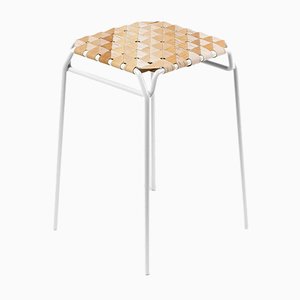
Pastel Green Taburet Bar Stool by Anastasiya Koshcheeva for Moya

Tuesa Vessel No. 3 Plain Edition by Anastasiya Koshcheeva

Tuesa No. 1 by Anastasiya Koshcheeva

Tuesa No. 2 by Anastasiya Koshcheeva
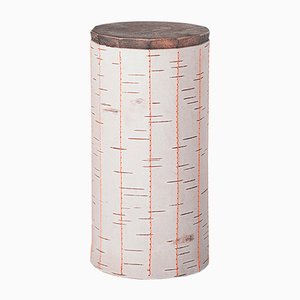
Tuesa No. 3 by Anastasiya Koshcheeva
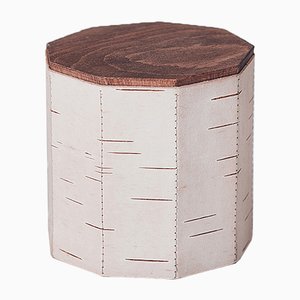
Tuesa No. 1 Plain Edition by Anastasiya Koshcheeva

Tuesa No. 2 Plain Edition by Anastasiya Koshcheeva

Small Svetoch Pendant Light by Anastasiya Koshcheeva

Tuesa Vessel No. 4 Plain Edition by Anastasiya Koshcheeva
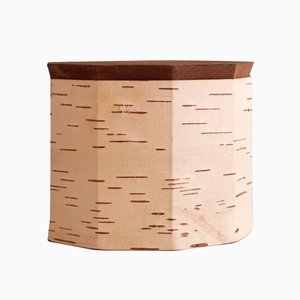
Tuesa No. 5 Plain Edition by Anastasiya Koshcheeva
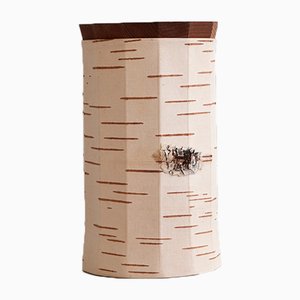
Taburet Stool by Anastasiya Koshcheeva

Svetoch Pendant Lamp by Anastasiya Koshcheeva for Moya

Svetoch Floor Lamp by Anastasiya Koshcheeva for Moya

Short Neon Orange Taburet Bar Stool by Anastasiya Koshcheeva for Moya

Plain Tuesa Container with Purple Lid by Anastasiya Koshcheeva for Moya


